A signature is more than just a formality; it’s a reflection of your identity and adds a personal element to everything you endorse. Whether it’s for official documents or simply to add a personal touch to your artwork, finding the right signature style is crucial. This article presents Different signature styles for you to consider.
Exploring Different Signature Styles : Discover Your Best Fit Signature
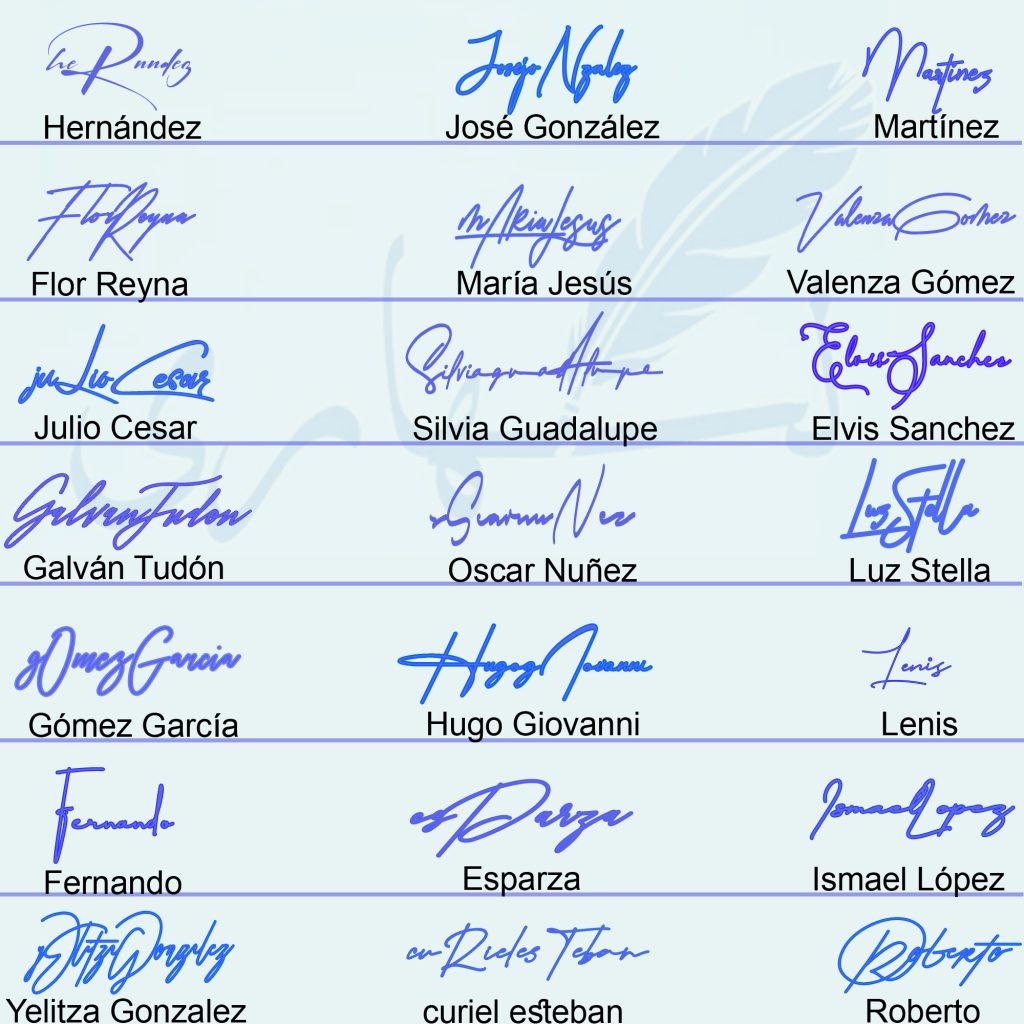
An Elegant Cursive Signature:
This style radiates grace and elegance. Write your name in a cursive font with a brush-like handwriting style. For added grace, consider a loop or an underline for the entire signature.
Example: John Smith
Block Letter Signature:
This style is about simplicity and readability. Print your name in flat, capitalized block letters. Ideal for those who favor a straightforward, no-nonsense signature.
Example: EMMA JONES
Initial Signature:
Reduce your signature to just your initials. Experiment with various sizes and fonts. Artistically connect your initials for a creative touch.
Example: A. R. Miller
Full Name Signature:
Make your full name distinctively stand out. Create a neat and flowing autograph that includes your first and last names, using different shapes for creativity.
Example: Benjamin Franklin
Artistic Flourish Signature:
Enrich your signature with artistic elements like swirls and loops. This creates a memorable signature that’s visually appealing and easy to recognize.
Example: Isabella Anderson with a decorative flourish
Geometric Signature:
Craft your signature using geometric shapes and patterns. Experiment with triangles, circles, or squares to shape your name, aiming for a modern and abstract style.
Example: △ M. L. Johnson
Symbolic Signature:
Incorporate a meaningful symbol next to your name, reflecting your personality or interests. Integrate the symbol into your signature for deeper symbolism.
Example: Sarah Smith with a heart symbol
Minimalist Signature:
Opt for simplicity with a minimalist approach. Use a minimal number of lines or characters, focusing on aesthetics and overall visual impact.
Example: J. T.
Calligraphic Signature:
Embrace the complexity of calligraphy. Craft each letter with ornate calligraphic strokes for a trendy yet timeless appearance.
Example: William Anderson in calligraphic style
Conclusion:
Your signature should be a personal reflection of who you are and your preferences. Experiment with different styles until you find the one that resonates with you. Whether it’s an elegant cursive script, a sleek minimalist design, or something uniquely yours, your signature should be a source of pride on every piece of work and official document. Remember, a well-crafted signature is more than a formality; it’s your unique mark on the world.

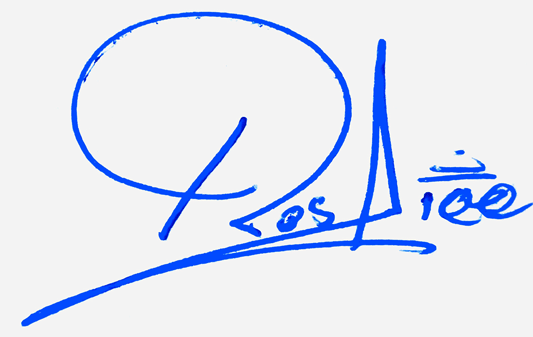
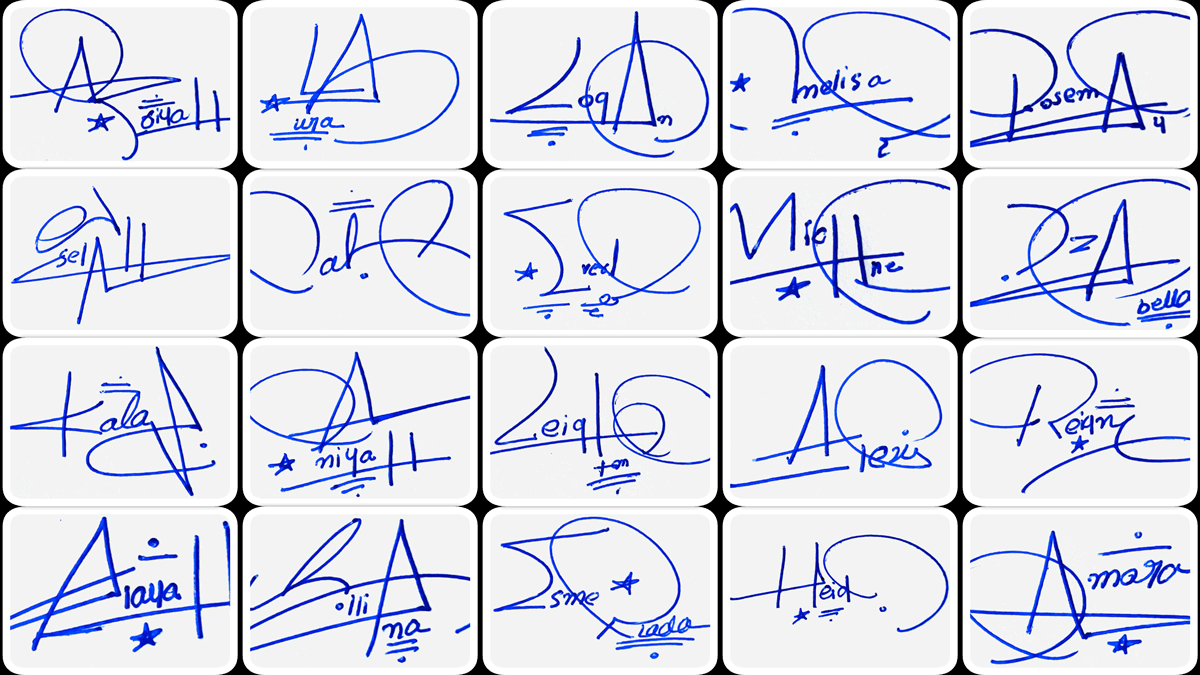
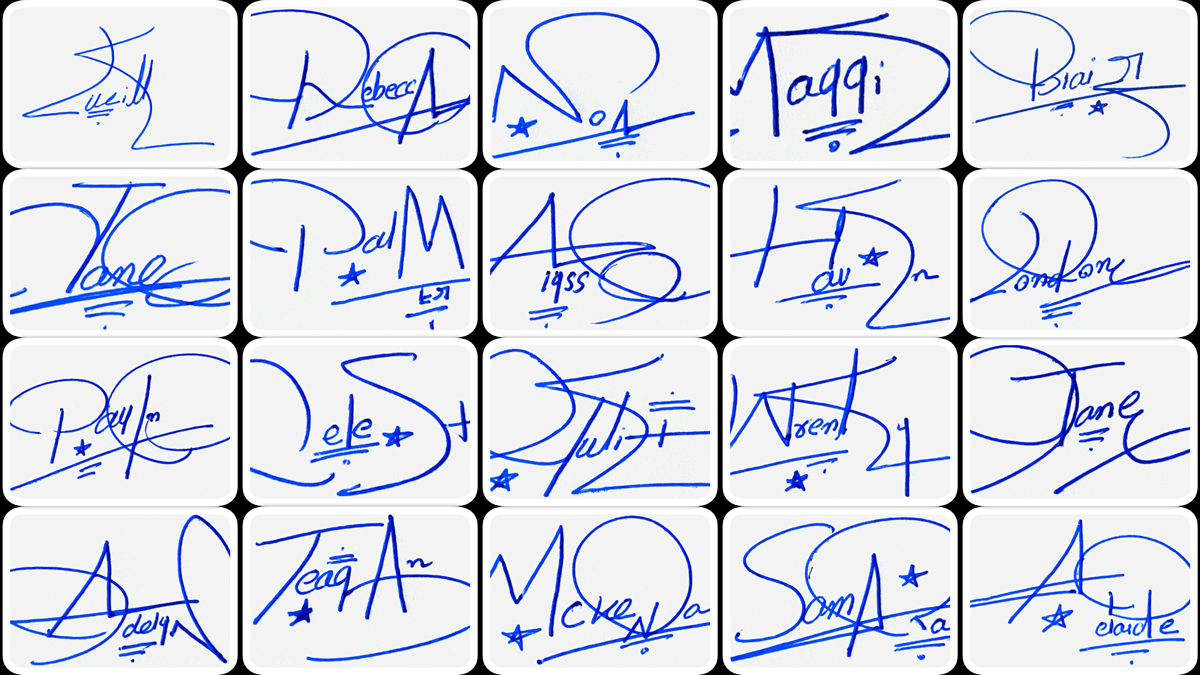
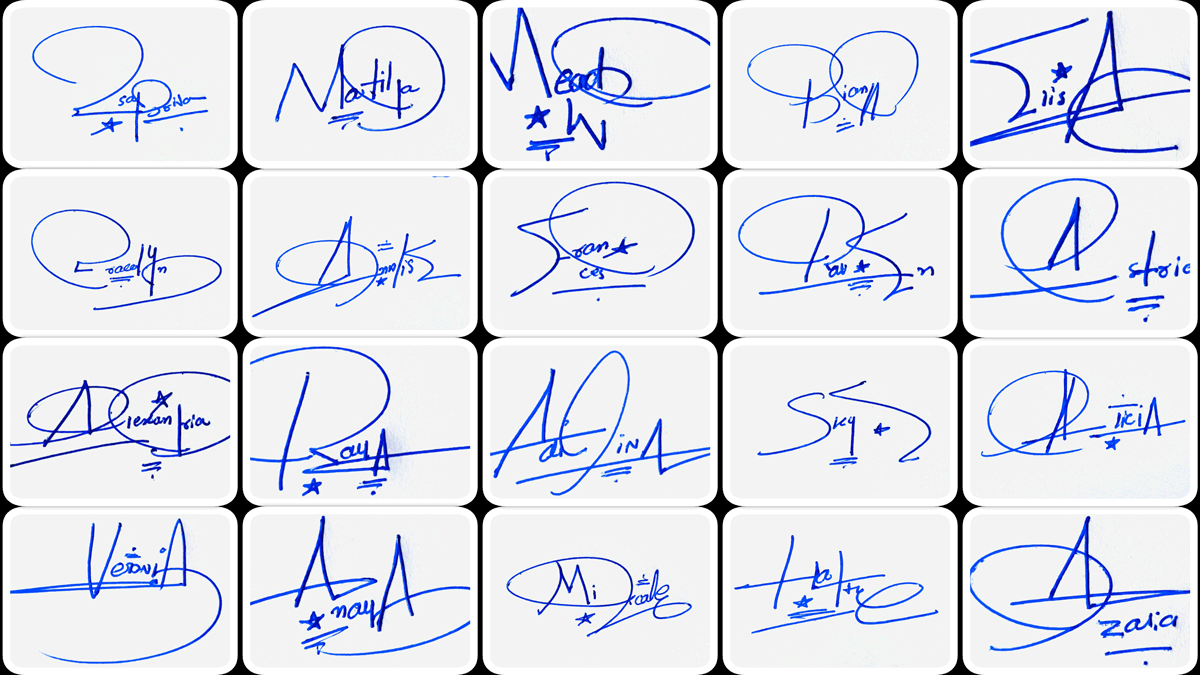
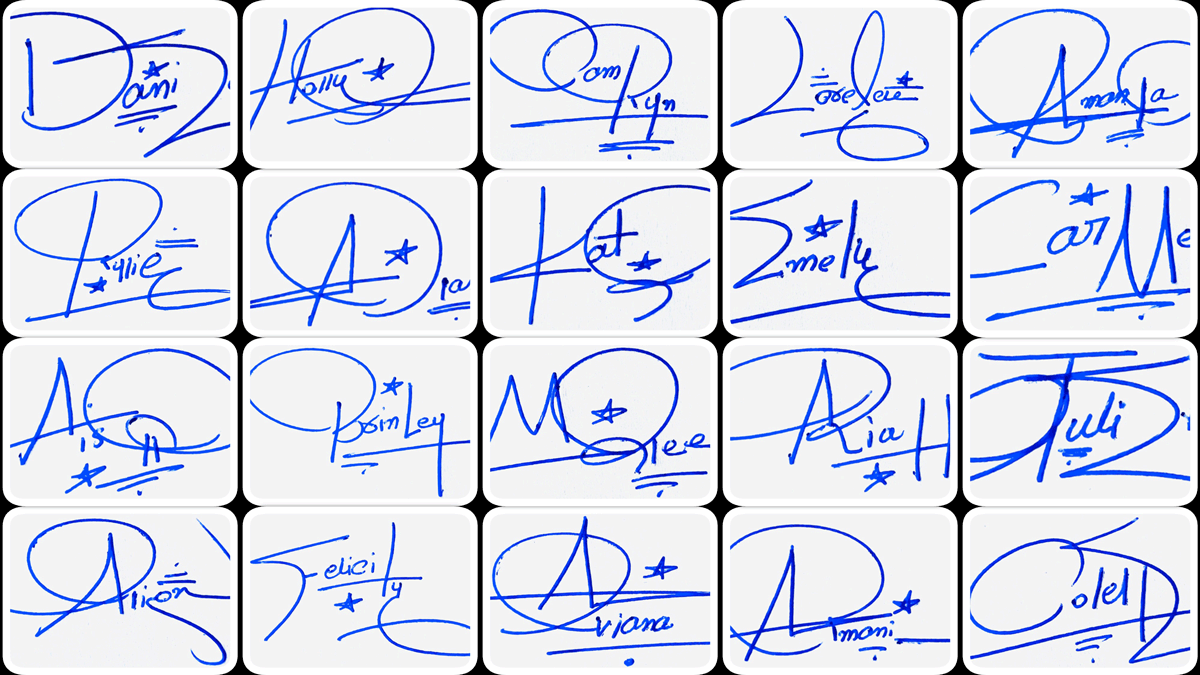


Add Comment